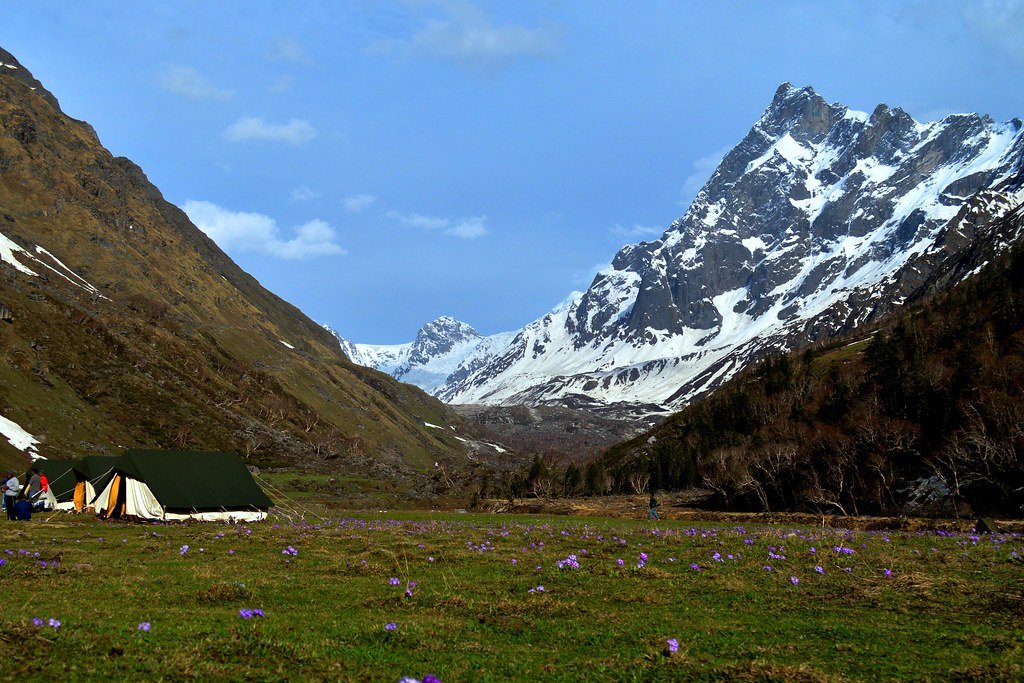Haridwar: Journey To Spiritual Bliss | 37 Best Places To Visit In Haridwar | How To Reach
Haridwar, situated in Uttarakhand, India, is a revered city along the Ganges River. Known as the “Gateway to God,” it is a significant Hindu pilgrimage destination. Pilgrims gather at the ghats for ritualistic bathing to cleanse themselves spiritually. The captivating Ganga Aarti held in the evenings is a major attraction, drawing visitors from far and wide. Haridwar’s cultural landscape, adorned with temples and bustling markets, reflects its deep-rooted traditions. Hosting festivals like the Kumbh Mela, the city stands as a vibrant symbol of India’s spiritual heritage and ancient rituals along the sacred riverbanks. Haridwar’s history dates back thousands of years, rooted in our hindu history where it is believed to be a site where drops of the elixir of immortality fell during the churning of the ocean. Historically, it has been a center for learning and has witnessed the rise and fall of various empires. Today, it continues to be a vibrant center for Hindu rituals and festivals, maintaining its deep-rooted cultural and religious heritage.
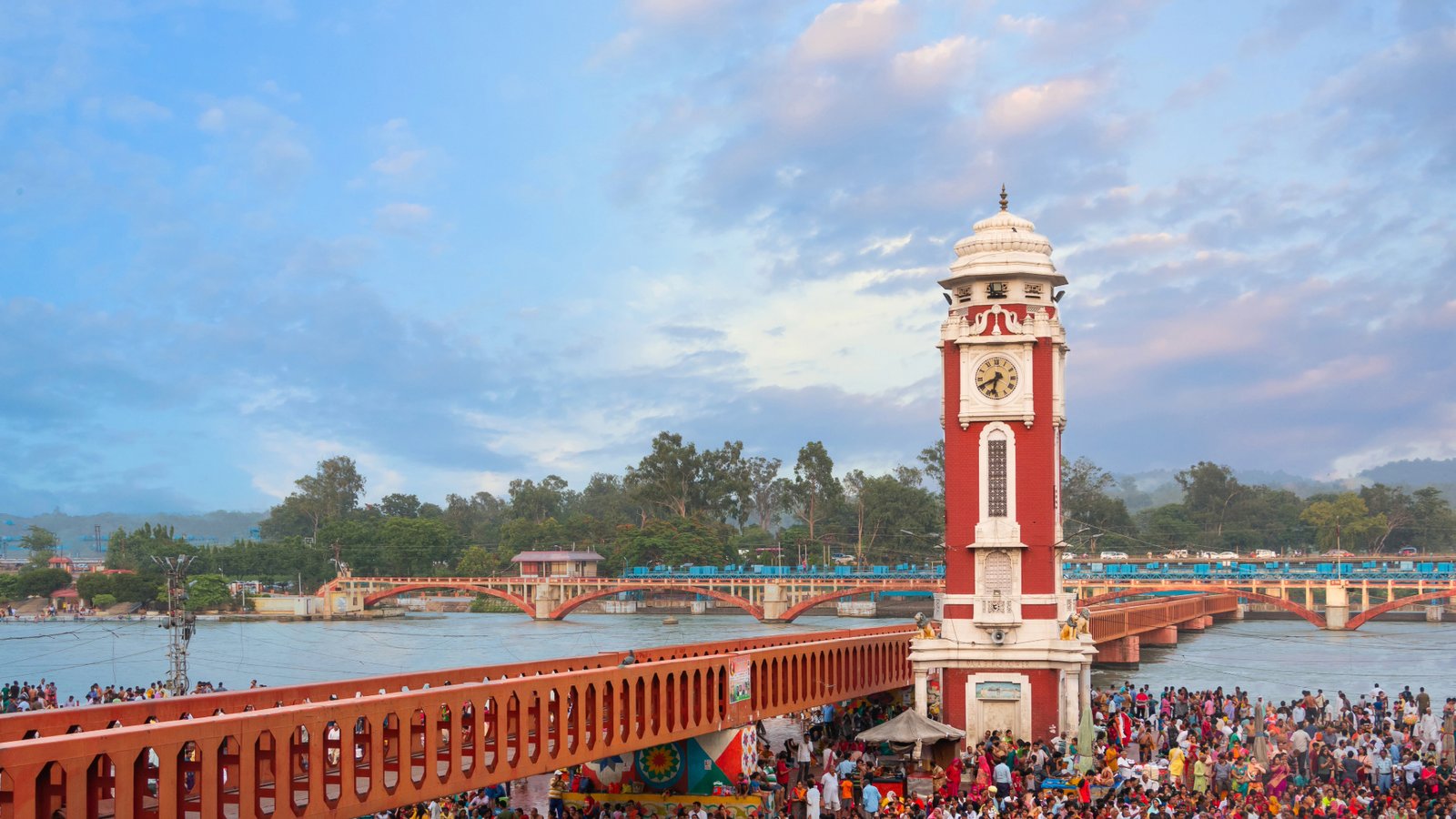
Best Places Visit In Haridwar:
Haridwar is believed to be the place where the divine nectar fell from the pitcher carried by the celestial bird Garuda, making it a site of immense religious significance. The city sits on the banks of the holy river Ganges, whose waters are believed to cleanse the sins of devotees who bathe in them. The ghats, or steps leading down to the river, buzz with activity as pilgrims perform ritualistic ablutions and offer prayers to the sun during the daily Ganga Aarti, a captivating ceremony that enchants all who witness it.
Here are some places to visit in Haridwar:
1. Har Ki Pauri:
Location: Har Ki Pauri is a revered ghat (steps leading to the river) situated on the banks of the Ganges River in Haridwar, Uttarakhand, India.
Significance:
- Spiritual Hub: Har Ki Pauri is one of the most sacred ghats in India and is believed to be the spot where Lord Vishnu left his footprint during the churning of the ocean.
- Ganga Aarti: The ghat is renowned for its daily Ganga Aarti, a mesmerizing ritual that takes place during sunset. Priests perform intricate rituals with lamps, incense, and sacred chants, creating a spiritual and captivating ambiance.
- Pilgrimage Destination: Pilgrims and devotees consider a bath in the Ganges at Har Ki Pauri to be highly auspicious, believing it cleanses them of sins and ensures moksha (liberation).

2. Brahma Kund:
- Sacred Tank: Adjacent to Har Ki Pauri is Brahma Kund, a large sacred tank. Devotees believe that a dip in this tank during the Kumbh Mela, which occurs every 12 years, brings spiritual purification.
- Customs and Traditions: The ghat is named after the footprints (pauri) of Lord Vishnu, and it is believed that taking a dip at Har Ki Pauri during the Kumbh Mela is of immense religious significance.

3. Bhishma Pitamah Samadhi:
- Historical Significance: There is a raised platform near Har Ki Pauri, which is believed to be the spot where Bhishma Pitamah, a character from the Mahabharata, lay on a bed of arrows during the Kurukshetra War.
- Ghat Renovations: Over the centuries, Har Ki Pauri has undergone several renovations, and the present ghat was constructed by King Vikramaditya in memory of his brother.
Har Ki Pauri stands as a timeless symbol of spirituality, where the confluence of the human devotion and the sacred Ganges River creates an atmosphere of reverence and divine connection.

4. Chandi Devi Temple:
The Chandi Devi Temple stands as a sacred haven dedicated to Goddess Chandi, an incarnation of Goddess Parvati. The temple, one of the Siddhapeeths, holds religious significance, believed to be the spot where the goddess slayed the demon brothers Shumbha and Nishumbha. Beyond its spiritual importance, the Chandi Devi Temple provides a serene retreat amidst lush greenery, offering panoramic views of the Himalayan foothills. The temple comes alive during the Chandi Devi Mela, a vibrant festival celebrated during Navratri, attracting devotees for religious activities and cultural performances.
Visitors to the Chandi Devi Temple in Haridwar have the option to reach the temple either by a cable car or through a trek.
- Cable Car (Udan Khatola)
The cable car ride provides a convenient and scenic journey, offering panoramic views of the Ganges River, Haridwar, and the surrounding landscape.
Ropeway Charges:
| Normal (Two Way) | ₹349.00 (Approximately ) |
| One Way | ₹163.00 (Approximately ) |
| Child Ticket (BELOW 110 CMS) | ₹195.00 (Approximately ) |
| Sampoorna Darshan PREMIUM TICKET- 6 ROPEWAYS Valid for 1 year (Ambaji Gabbar, Pavagadh, Girnar, Mansa Devi, Chandi Devi, JatayaPara, Malampuzha, Taratalini) | ₹799 (Approximately ) |
| TRANSPORT (BUS) – BUS Service between Mansa & Chandi Devi Ropeway. | ₹95.00 (Approximately ) |
Chandi Devi Ropeway Timings: 6:00 AM -12 PM, 3:00 PM – 6:00 PM ( in summers) and
3:00 PM – 5:30 PM ( in Winter)
Duration: 5-10 min. approximately
Trek:
For those seeking a more adventurous and physically active experience, there is a trekking route to the Chandi Devi Temple. The trek is approximately 3 kilometers long and takes visitors through the lush greenery of the Neel Parvat.
Stairs:
You can reach Chandi devi Temple Through stairs as well, it will take 1-2 hours to reach the temple as number of stairs is nearly 1200+.

5. Mansa Devi Temple:
Situated atop the Bilwa Parvat in Haridwar, the Mansa Devi Temple is a revered Hindu shrine dedicated to Goddess Mansa, a form of Shakti. Pilgrims seek blessings for the fulfillment of desires and wishes, believing that the goddess has the power to grant boons. Accessible by a cable car ride or a trek, the temple offers panoramic views of Haridwar and the Ganges River. The trek, about 2.5 kilometers long, winds through lush greenery. The temple attracts devotees and visitors, contributing to the spiritual aura of Haridwar. The Mansa Devi Temple is a significant pilgrimage destination, embodying faith and devotion in the foothills of the Himalayas
Similar to the Chandi Devi Temple, the Mansa Devi Temple in Haridwar offers both a cable car option and a trek for reaching the shrine.
- Cable Car (Mansa Devi Udankhatola):
The cable car ride provides stunning aerial views of the Ganges River, Haridwar, and the surrounding landscape. It is a popular choice for those who prefer a comfortable and time-saving journey.
Cost: INR 100- INR 333 per person. Yearly package available at INR 612, depending on the package.
Mansa Devi Ropeway Timings: 7:00 AM – 12:00 PM, 2:00 PM – 7:00 PM
Duration: 2 hours approximately
Online Booking: www.udankhatola.com
Trek:
Alternatively, for those seeking a more adventurous and physically active experience, a trekking path leads to the Mansa Devi Temple. The trek is approximately 2.5 kilometers long and takes visitors through the scenic Bilwa Parvat.
6. Daksheshwar Mahadev Temple:
Daksheshwar Mahadev Temple, Hindu scriptures, including the Mahabharata, a significant tale unfolds at the very location where Daksheshwar Mahadev Temple now stands. King Daksha Prajapati, father of Sati, Shiva’s first consort, organized a grand yajna at this sacred site. Despite Sati’s feelings of insult as her father omitted to invite Shiva to the ritual, she attended the yajna. Witnessing Shiva being disregarded, Sati, unable to bear the dishonor, immolated herself in the Yajna Kunda. In response, Shiva, consumed by fury, dispatched his formidable Gaṇas, Virabhadra, and Bhadrakali, to the ritual. Virabhadra, appearing like a tempest, engaged in a fierce confrontation with the gods and mortals present, ultimately leading to the beheading of Daksha. Following this, at the behest of Brahma and other deities, Daksha was granted the head of a goat. This mythological event forms the backdrop of the spiritual and historical significance associated with Daksheshwar Mahadev Temple.
- Entry Fee: As of the last update, Daksheshwar Mahadev Temple generally does not have an entry fee for visitors.
Udan Khatola (Cable Car):
- Opening Time (Udan Khatola): 6:30 AM (All Days Open)
- Closing Time (Udan Khatola):
- During April to October: 5:00 PM
- During other months: 8:30 AM to 5:00 PM
- Entry Price: Rs. 100 per person
- Auto-rickshaws and Taxis: Once in Haridwar, you can use auto-rickshaws or taxis to reach Daksheshwar Mahadev Temple. Taxis may take you directly to the temple, while auto-rickshaws may drop you at the base from where you can access the cable car or trek to the temple.
7. Bharat Mata Mandir:
Maya Devi Temple is an ancient and revered Hindu shrine dedicated to Goddess Maya. Believed to be one of the Siddhapeeths, this sacred site holds historical significance in Hindu mythology. The temple is situated at the spot where it is said that the heart and navel of Goddess Sati fell after she self-immolated in the yajna (sacrificial fire) organized by her father, Daksha Prajapati. The present structure of Maya Devi Temple dates back to the 11th century, making it one of the oldest in Haridwar. Pilgrims and devotees visit the temple to seek blessings, and it stands as a testament to the city’s rich spiritual heritage. The temple’s tranquil surroundings and historical importance make it a significant destination for those exploring the cultural tapestry of Haridwar.


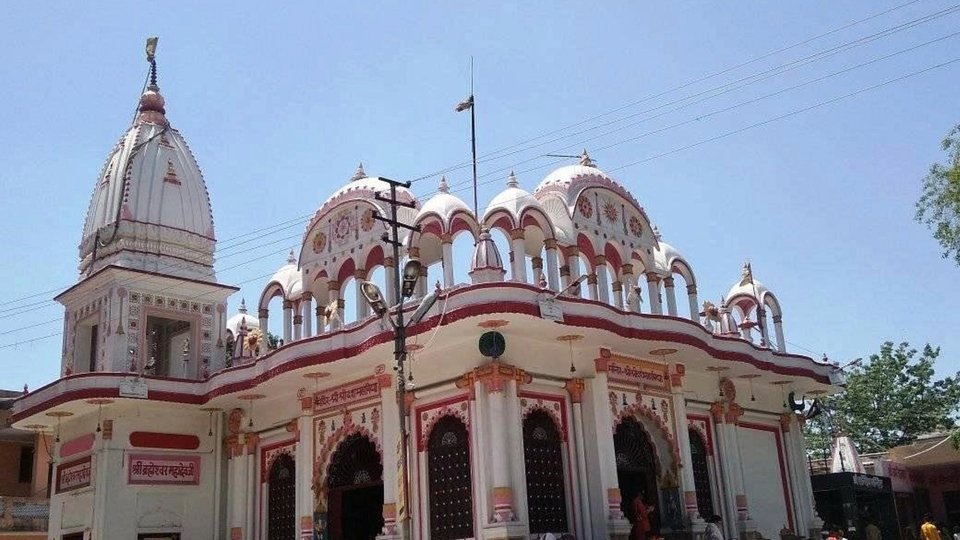


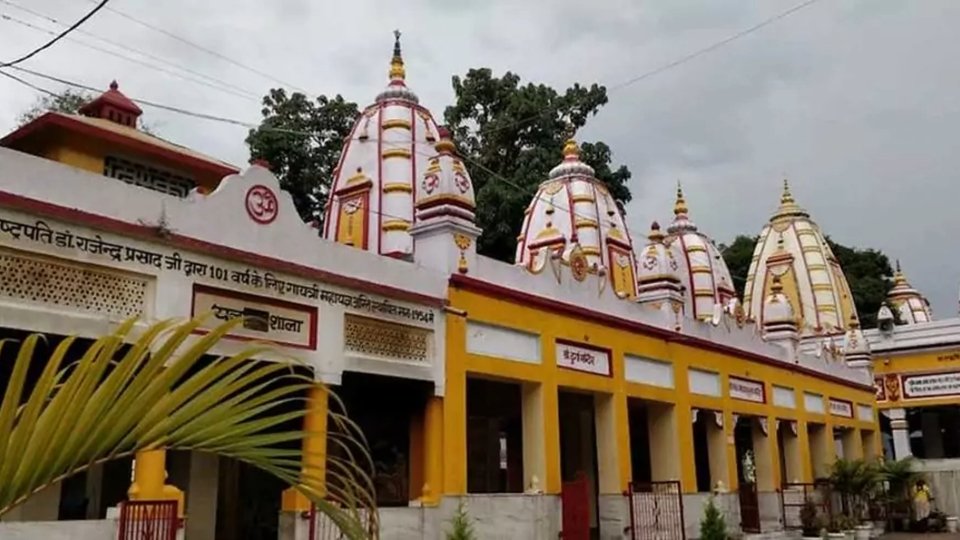

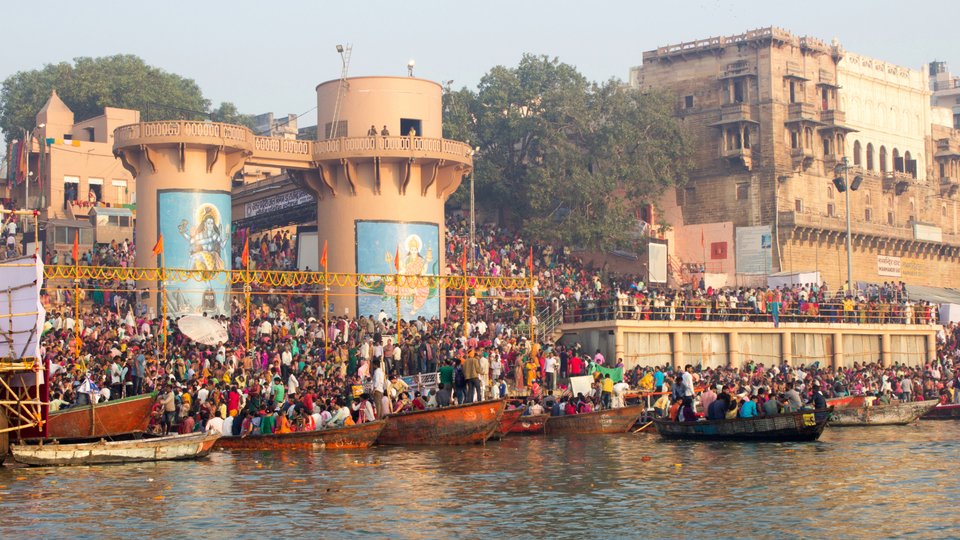
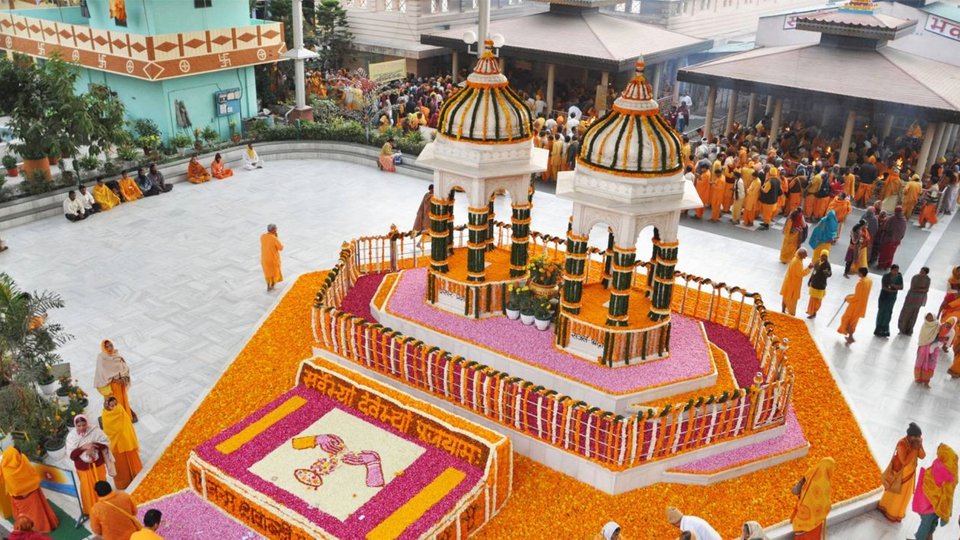




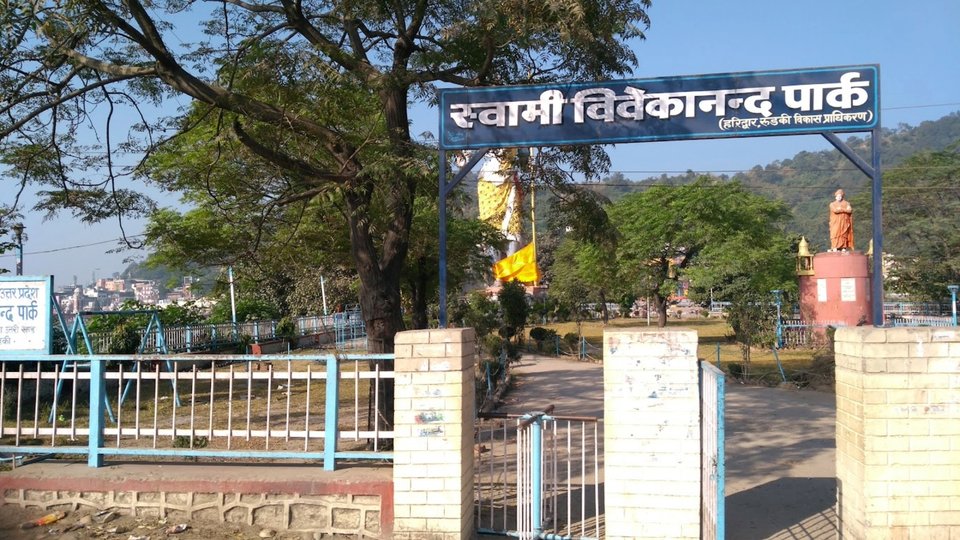


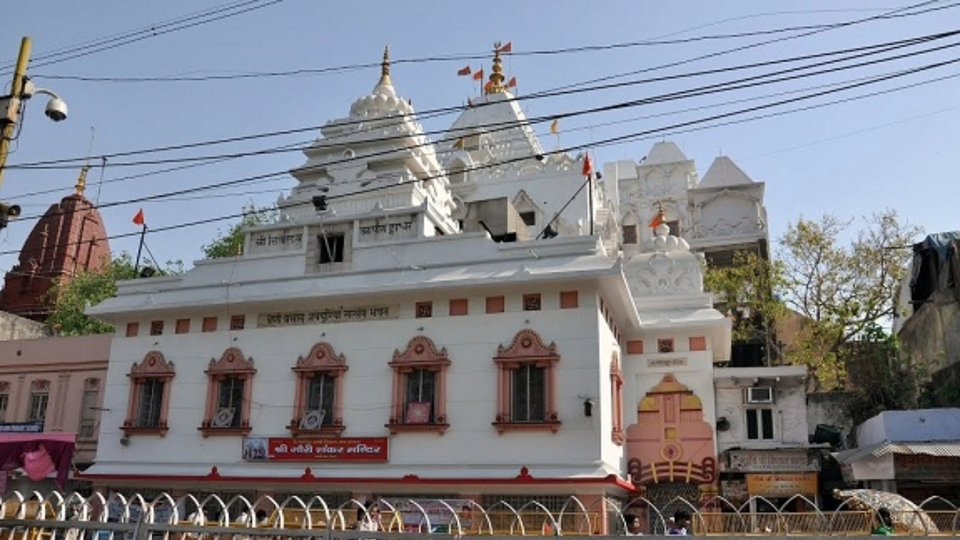
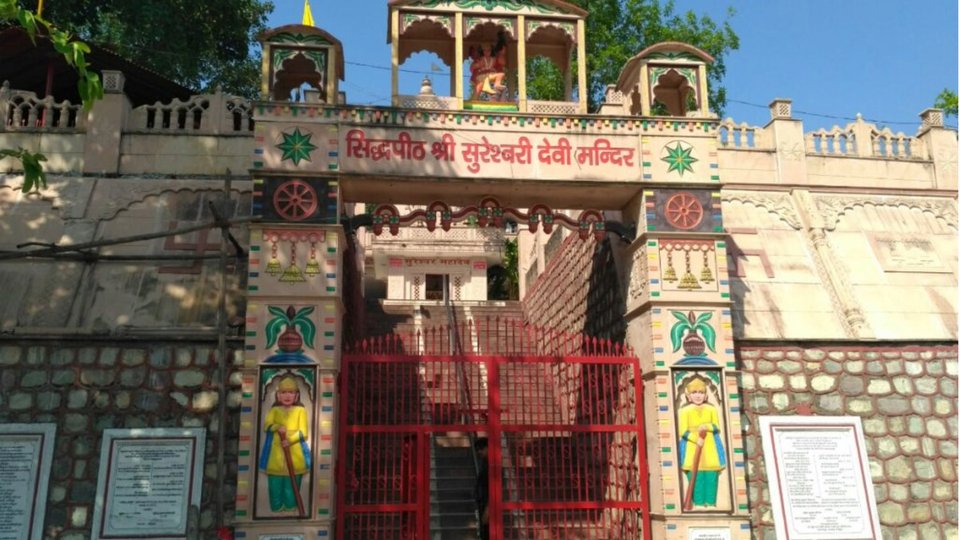







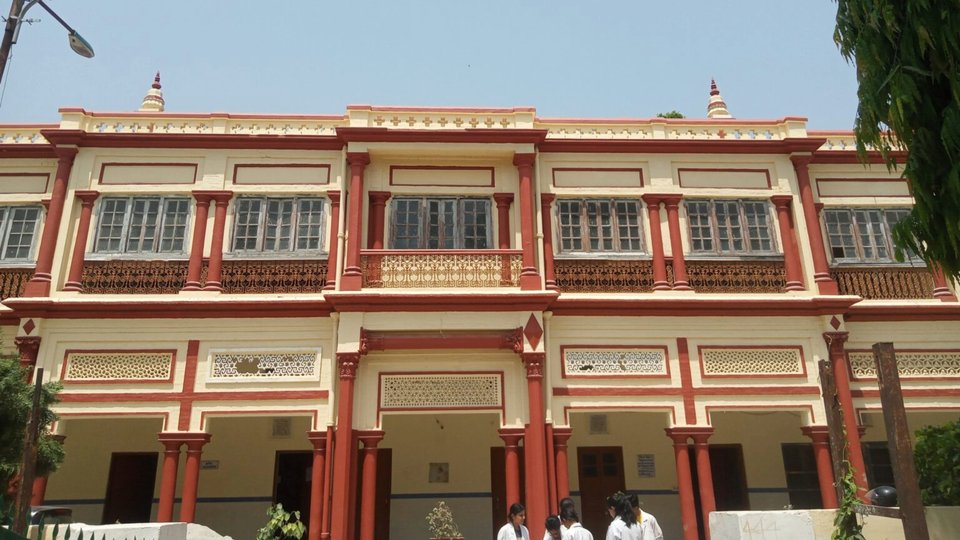

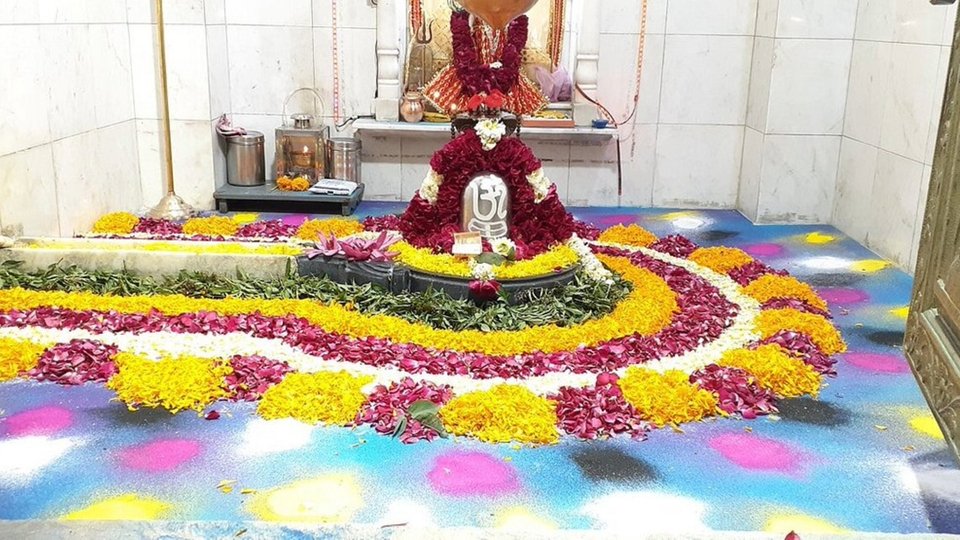





 Thsese were some places to visit in Haridwar. Hope you liked it. Have a safe joueney!
Thsese were some places to visit in Haridwar. Hope you liked it. Have a safe joueney!

